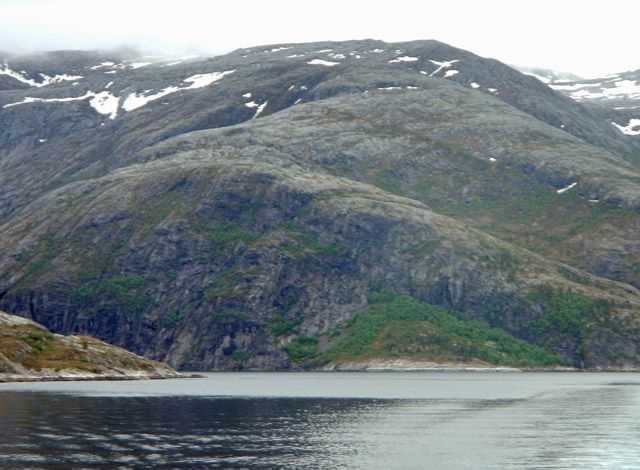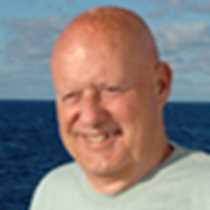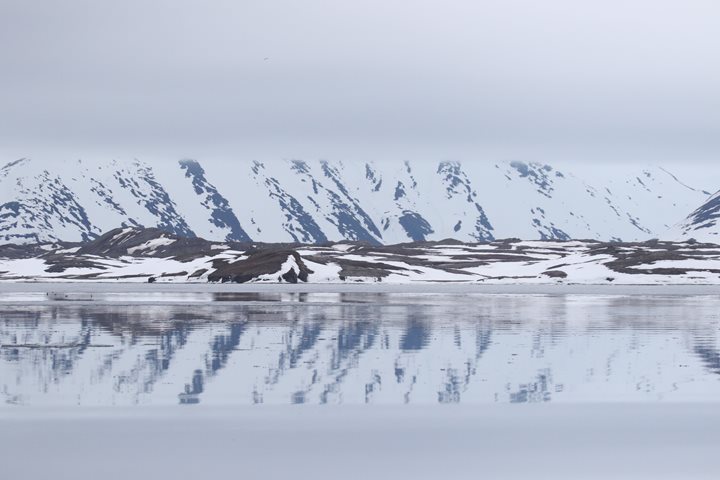This morning we visited Storborja, which sits at the end of a long fjord in the Lomstal Visten National Park. Here, we had opportunities for hikes and walks through the birch forest and Zodiac cruises along the spectacular walls of the fjord to observe the beautiful folded gneisses, which make up most of Norway’s geology. During lunch we made our way back down the fjord and seaward out to Vega Island on the coast.
Storborja and Vega Island are both quite remote and not on any regular tourist itinerary, which makes them particularly interesting for our guests as the entire personality of the area is very unaffected and natural. They are also examples of the incredibly tenacious and resourceful character of the Norwegian people who are able to thrive in a landscape that is quite stark and difficult to farm.
The present population density of Norway is low compared to other European countries (14.5 people per square mile compared to the U.S. density of 35.2) and during the Viking period, it was even lower. But Norway is still considered overpopulated by its inhabitants because of the scarce agricultural and pasture land. It was this paucity that drove the Norwegian Vikings out to the west, where they settled large areas of the North Atlantic, including parts of Ireland (Dublin, Waterford), the Faroes, Iceland, Greenland, and North America.
Today, Vega Island is changing and welcoming more tourist activity. The island has been well known for many years for its eider down. The local people build small enclosures of stone or wood, which protect the nesting eider ducks from predators. In return, the eiders line their nests with down plucked from their breasts. When the ducks leave their nest to feed, the eider collectors remove some of the eider down from the nests. Over time, the ducks provide a great deal of down and are not harmed in the process. In recognition of this sustainable eider down production and other environmentally sustainable aspects of life on Vega, the island was declared a UNESCO World Heritage Site in 2004. Today, there is a newly completed UNESCO World Heritage Site Center, which we were able to visit in the afternoon.







